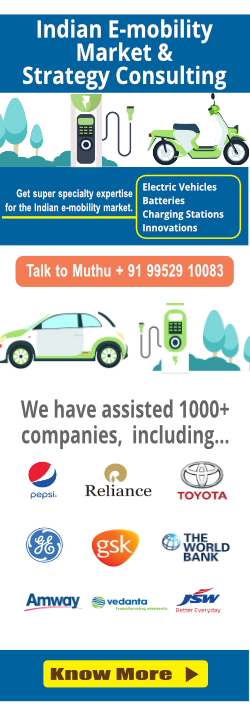EAI presents Cleantech Snapshots: a quick summary of some of the most interesting and innovative areas in clean technology that will drive the sustainability movement in future.
This snapshot focuses on Public transport. Within this page you will find
- An overview of Public transport
- It’s latest models
- Effect of public transport in greenhouse gas emissions and global warming
- Benefits
- Public transportation modes
Overview
- Energy conservation in transportation has taken centre stage worldwide. This has brought about a renewed interest in the use of public transportation
- With this recent emphasis, developed countries have started innovating significantly both in terms of technologies and in terms of business models, to encourage use of public transportation by a much larger percentage of the population
- Public transportation reduces energy consumption and harmful carbon dioxide (CO2) greenhouse gas emissions that damage the environment
- Much less pollution is produced when compared to private vehicles. To make progress in reducing our dependence on foreign oil and impacting climate change, public transportation must be one of the prominent solution

Latest models
- Carpooling
- It is the sharing of car journey so that more than one person travels in a car
- By having more people using one vehicle, carpooling reduces each person’s travel costs and is environment friendly
- This reduces carbon emissions, traffic congestion, and parking space requirement
- Hired buses
- Shared buses
- Short distance bicycle renting
- It is a service where bicycle are made available for shared use of individuals
- Simple means of transportation enabling a pollution-free environment
Effect of public transport in greenhouse gas emissions and global warming
- A single person, commuting alone by car who switches a 32 km round trip commute to existing public transportation can reduce annual CO2 emissions by 2100 kg per year, equal to a 10% reduction in all greenhouse gases
- Eliminating one car and taking public transportation can save up to 30% of carbon dioxide emissions
- Increased use of public transportation in these areas eases congestion; as a result, automobiles traveling in these same corridors achieve greater fuel efficiency
- Public transportation offers an immediate alternative for individuals seeking to reduce their energy use and carbon footprints
Benefits
- Reduces CO2 emission
- Saves fuel
- Reduces congestion and carbon footprint
- Provides an immediate option to reduce greenhouse gas emissions and energy consumption
Public transportation modes
- Buses
- Trolleys and light rail
- Subways
- Commuter trains
- Streetcars
- Cable cars
- Van pool services
- Ferries and water taxis
- Monorails and tramways
Interesting web resources
- C2V – CO2 to Value – a comprehensive web resource providing insights on opportunities in converting CO2 into a range of useful products – fuels, chemicals, food & materials
- All about CO2 – CO2 Q&A – a unique resource providing answers to 100+ questions on the most talked about gas today.








